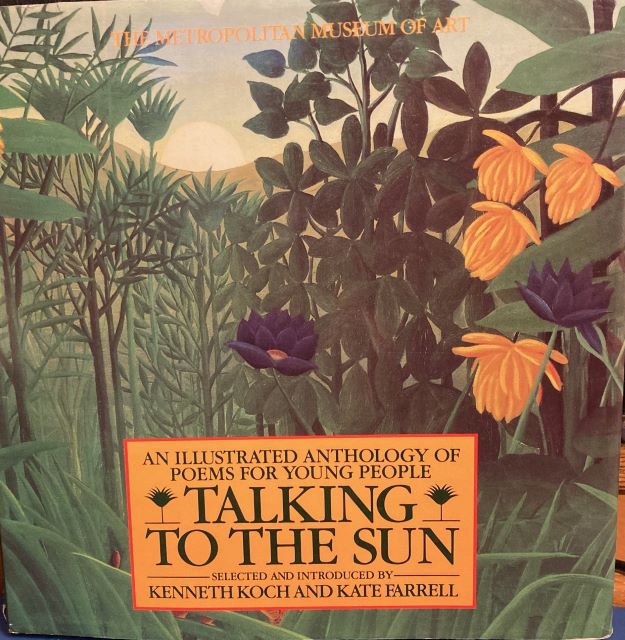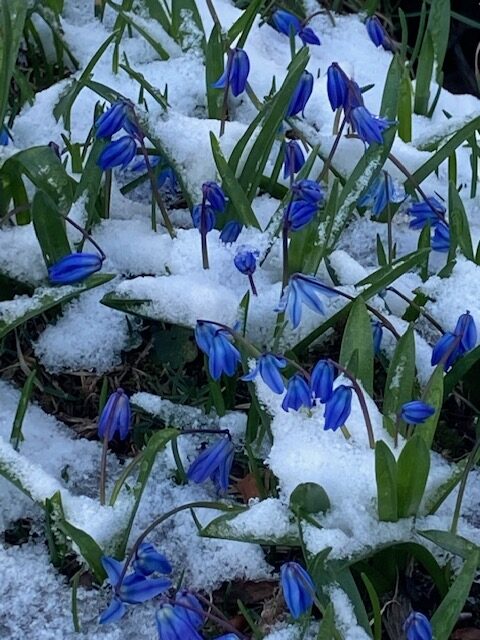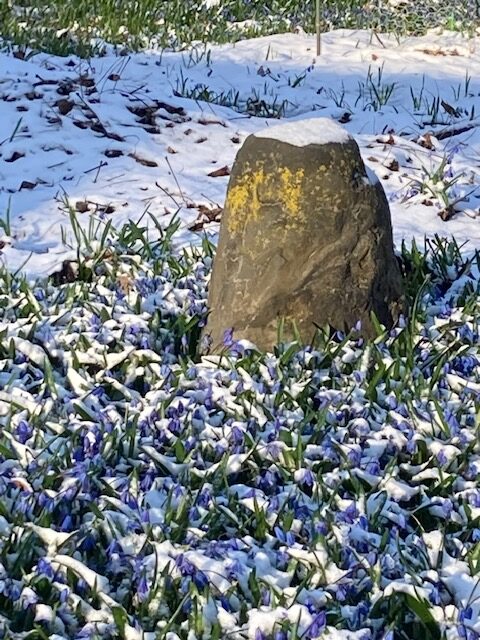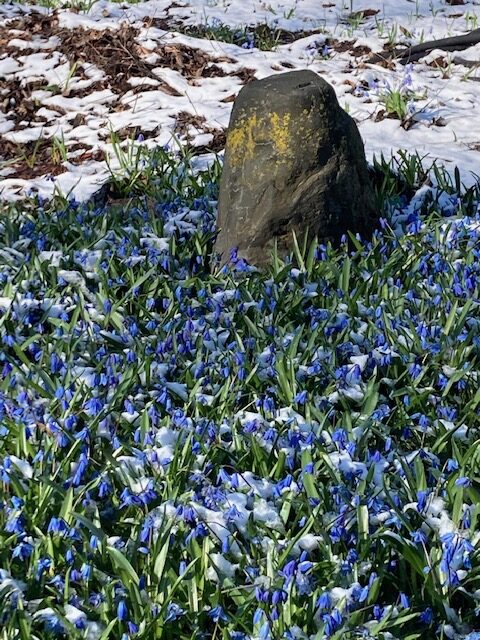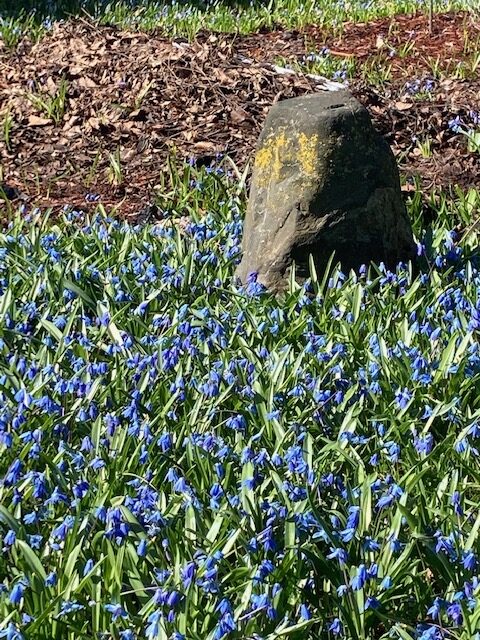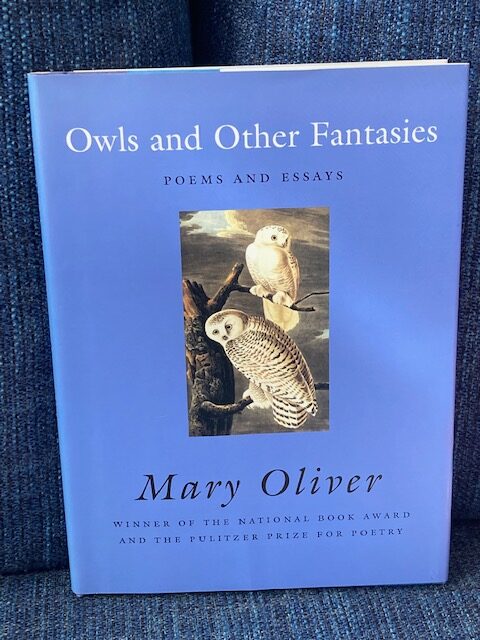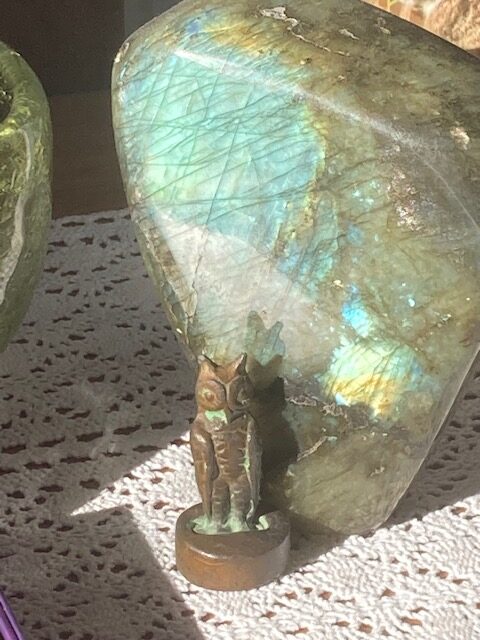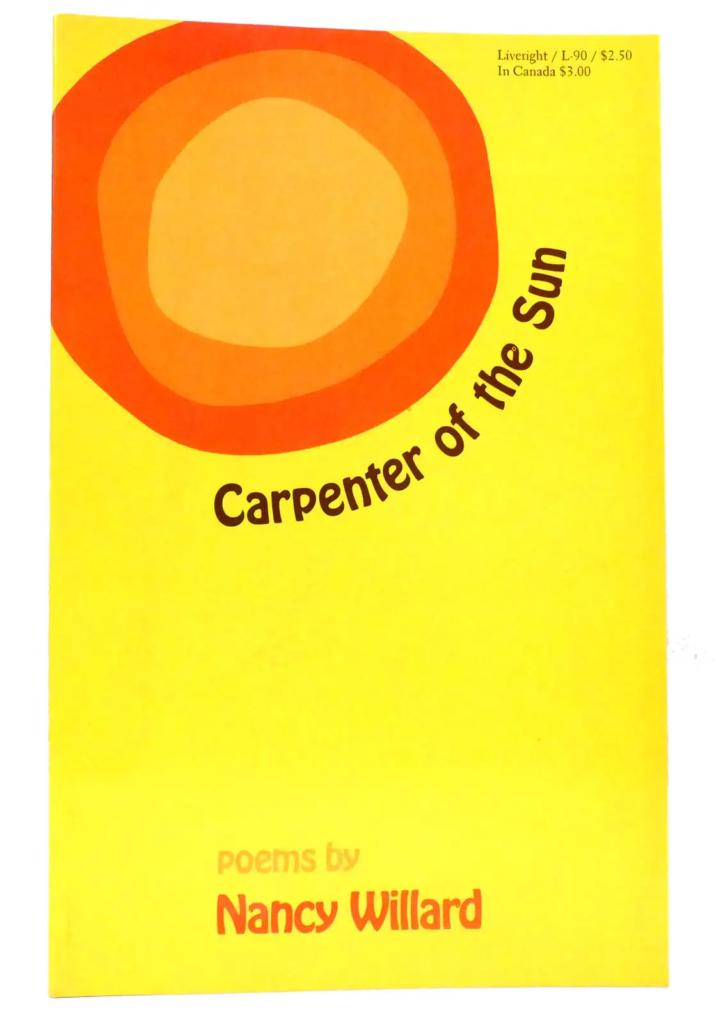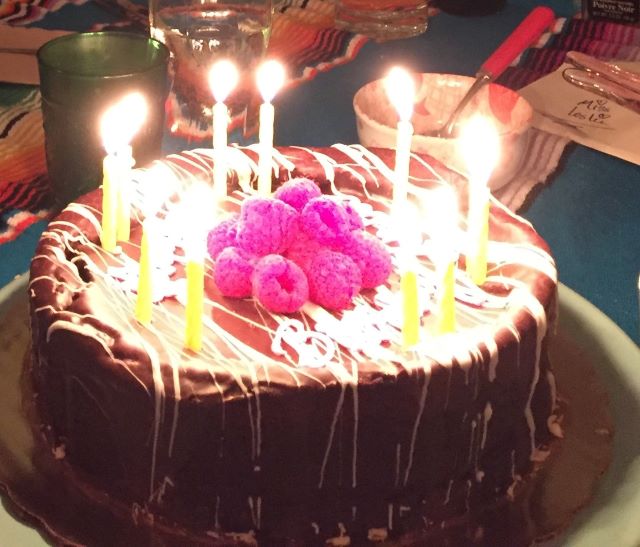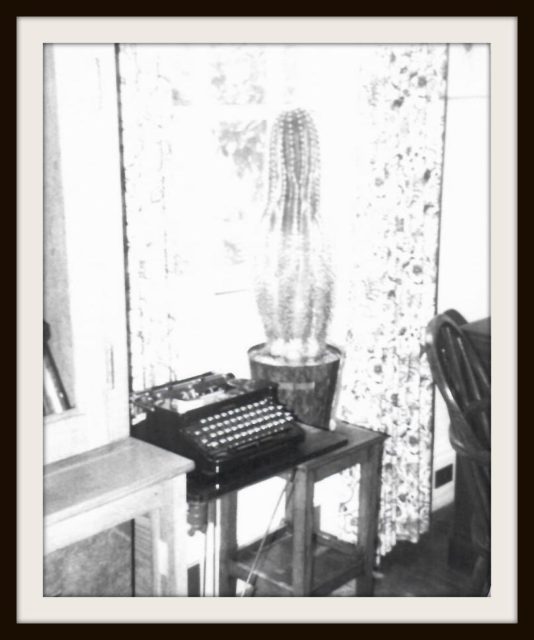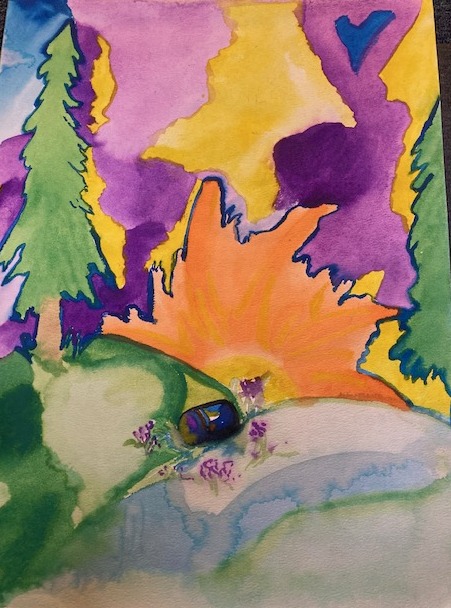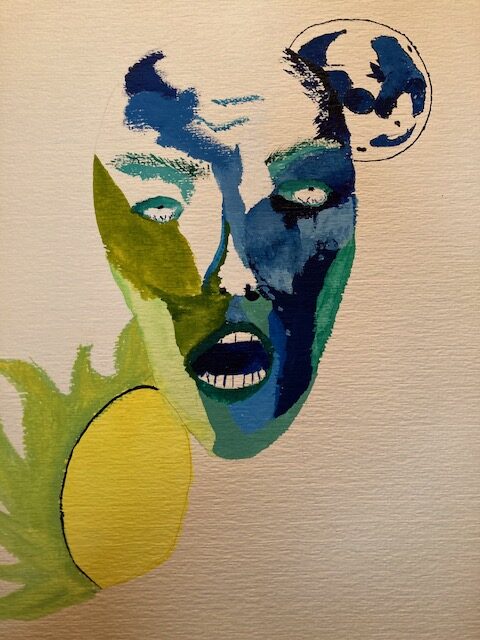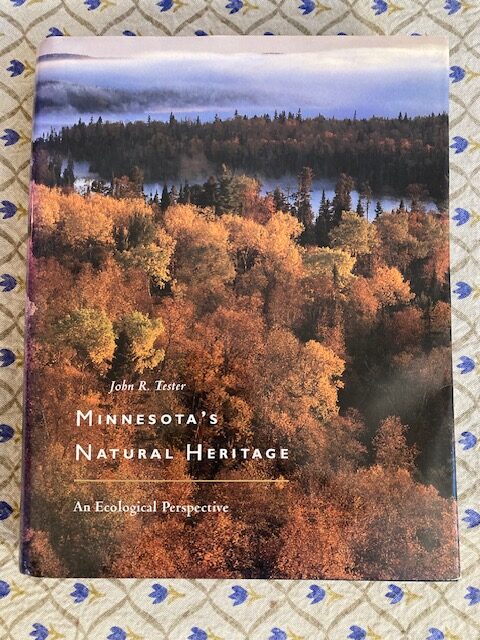
One welcome consequence of living in Minnesota for many decades has been a growing appreciative for the land itself, and, more and more, I see this fascination with local nature reflected not only in my photography but in my poetry and fiction. Still, science is not my first language, and so I am so grateful that one of our permanent library denizens is a remnant of our homeschooling days. Acquired as a textbook for part of our fifth-grade homeschooling focus on Minnesota history and ecology, John Tester’s Minnesota’s Natural Heritage: An Ecological Resource (University of Minnesota Press, 1995; Mary Keirstead, Editor) is a gracefully written overview of the many biomes found within the borders of our state, and it is lushly illustrated with photographs, maps, and charts that make the detailed information readily absorbable. The text is organized into ten chapters that stand alone yet flow naturally. (A second edition was published in 2020.)
1. The Landscape 2. Climate and Weather 3. Principles of Ecology 4. Deciduous Forest 5. Northern Coniferous Forest 6. Tallgrass Prairie 7. Wetlands 8. Lakes 9. Streams and Rivers 10. The Future
John Tester (1929-2019) was born in the tiny town of Gibbon, in south-central Minnesota. At age nine, he helped a group of scientists to plant burr oak trees to restore an historical savannah. While working on his Ph.D. from the University of Minnesota, Tester worked also for the Minnesota Department of Conservation and the Bell Museum of Natural History on the University of Minnesota campus. Later, he helped to found the University’s Department of Ecology, Evolution, and Behavior within the College of Biological Sciences.
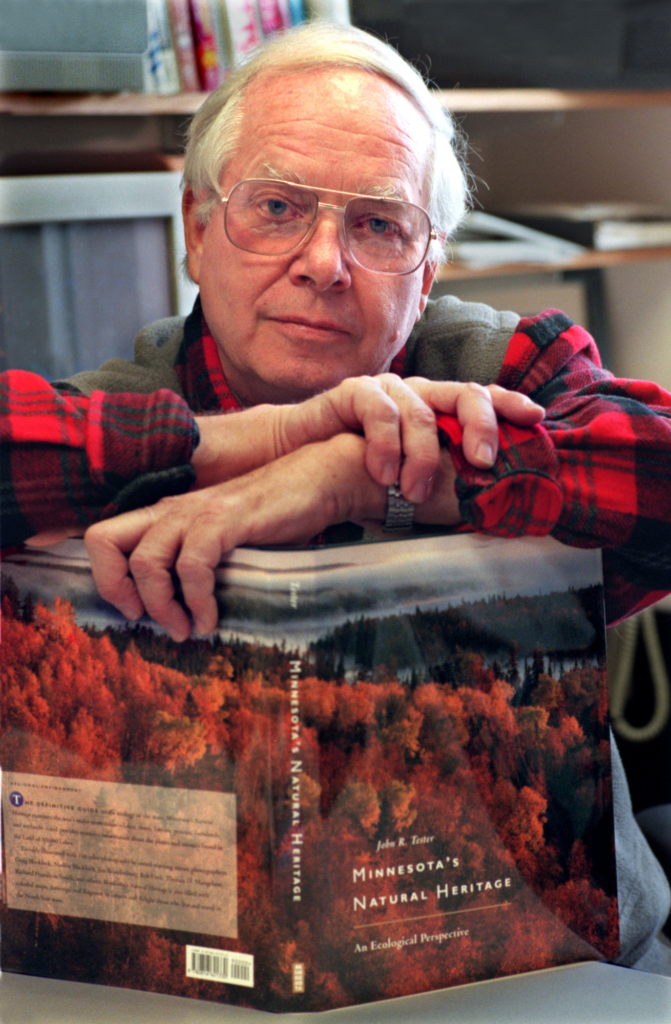

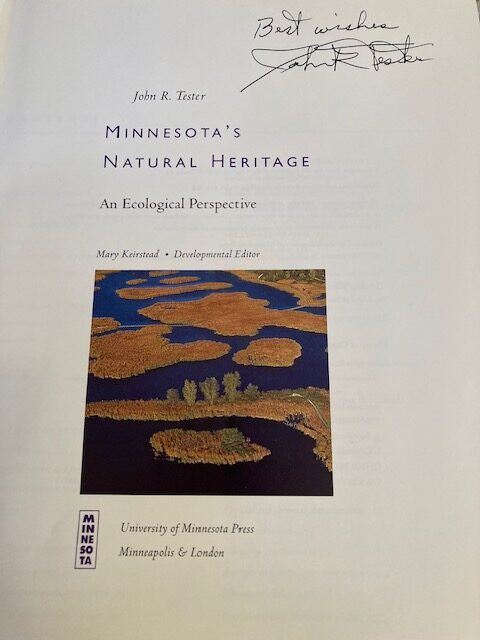
Context for My Poem, “Startled by Pelicans”:
Last week, southbound about ten miles south of Northfield, between the two exits for Faribault, I saw a flock of American White Pelicans, a group of about 100 birds. Though I had seen brown pelicans before along the Gulf Coast, I had never seen white pelicans, nor any pelican in Minnesota. I wondered if I had been mistaken, but some research confirmed that they are not only frequently seen in our region but their numbers, once dwindling, are on the rise, according the Minnesota DNR. Cheers for this resurgant boreal songbird, at home on water and on the wing! And who knows on any seemingly drab day, flying about on routine errands, what we might see? This encounter was a good reminder to me to look up and look out. And, who knows? If I am alert and very lucky, perhaps one day I shall hear their song.

Until tomorrow, LESLIE

